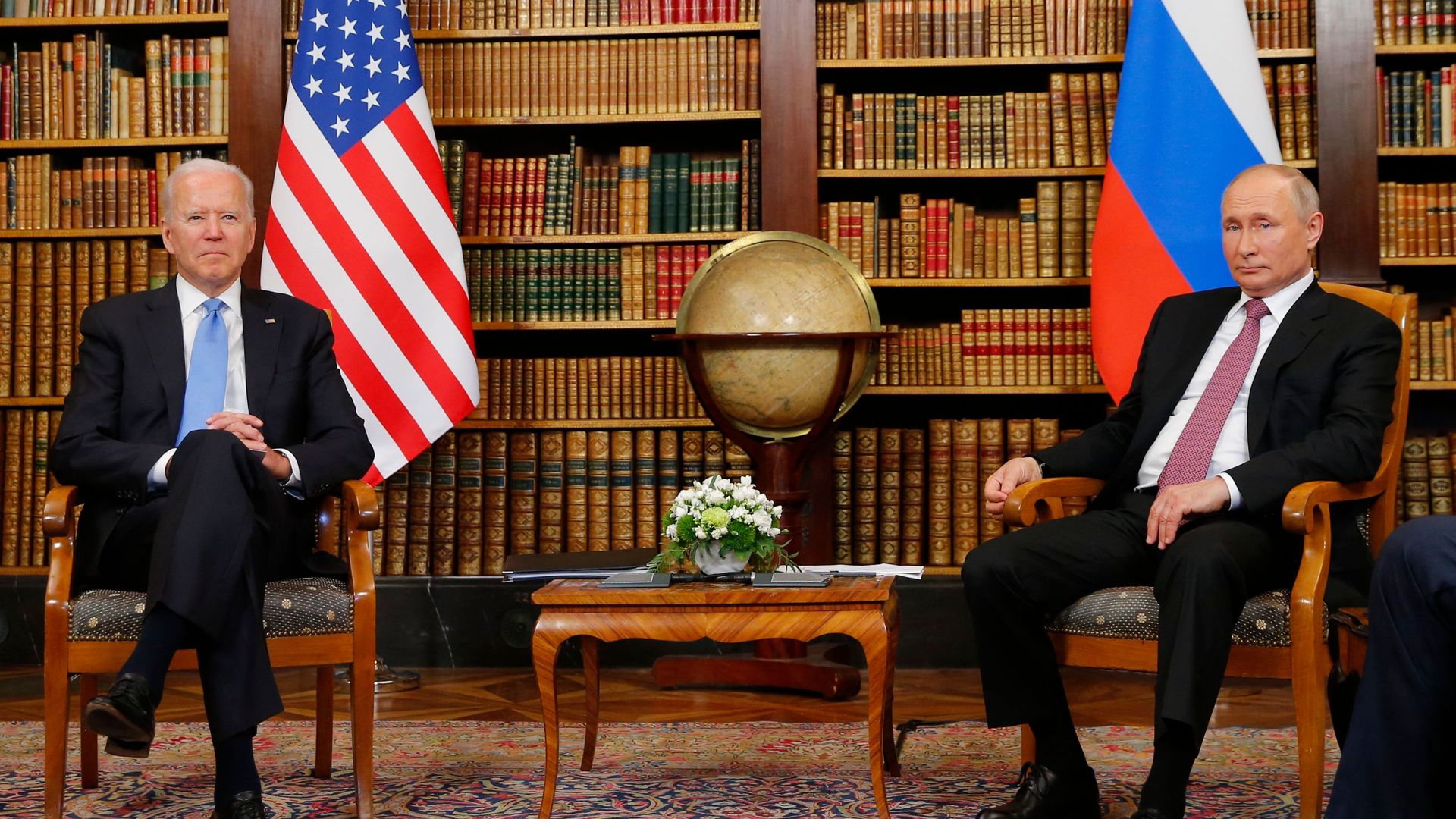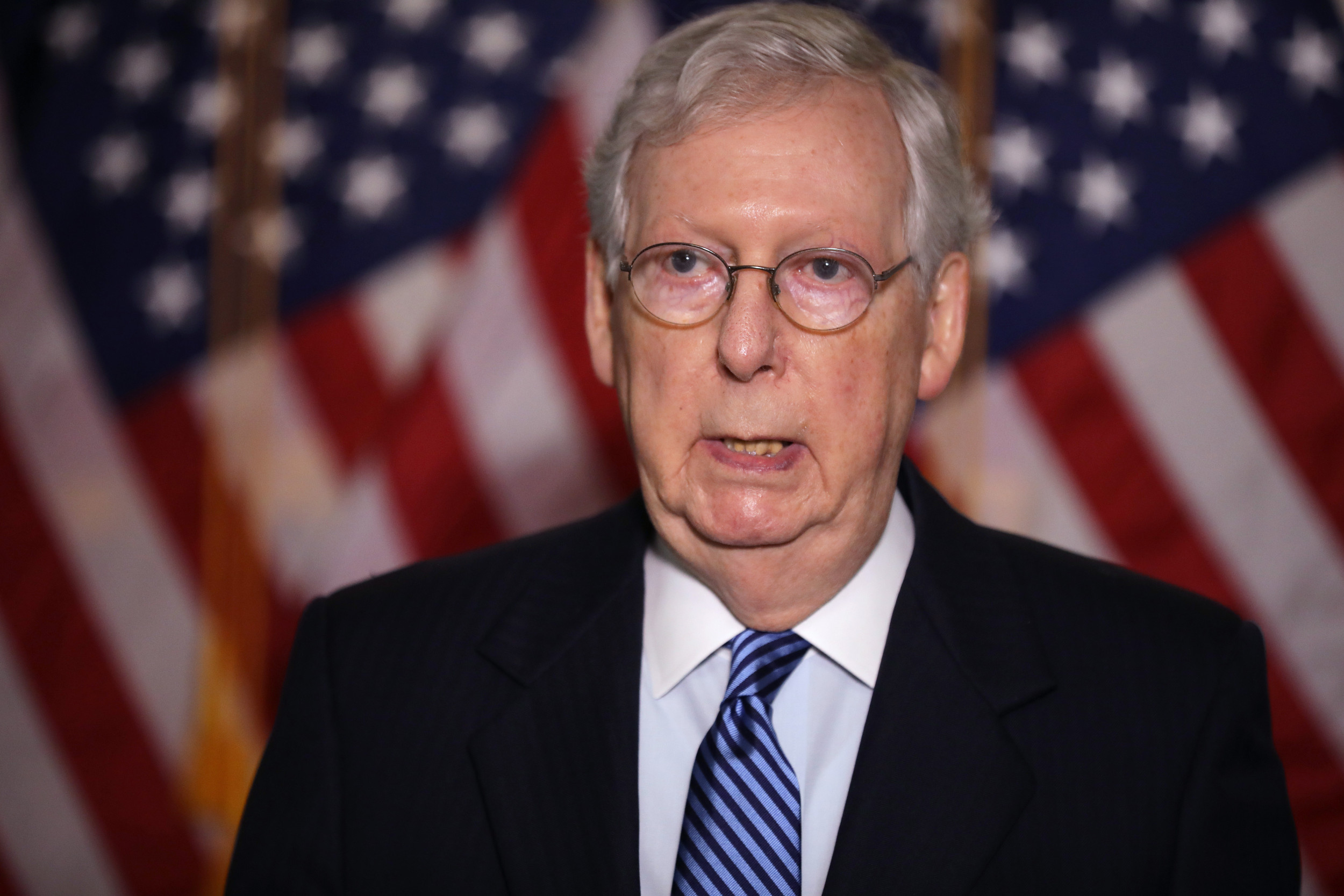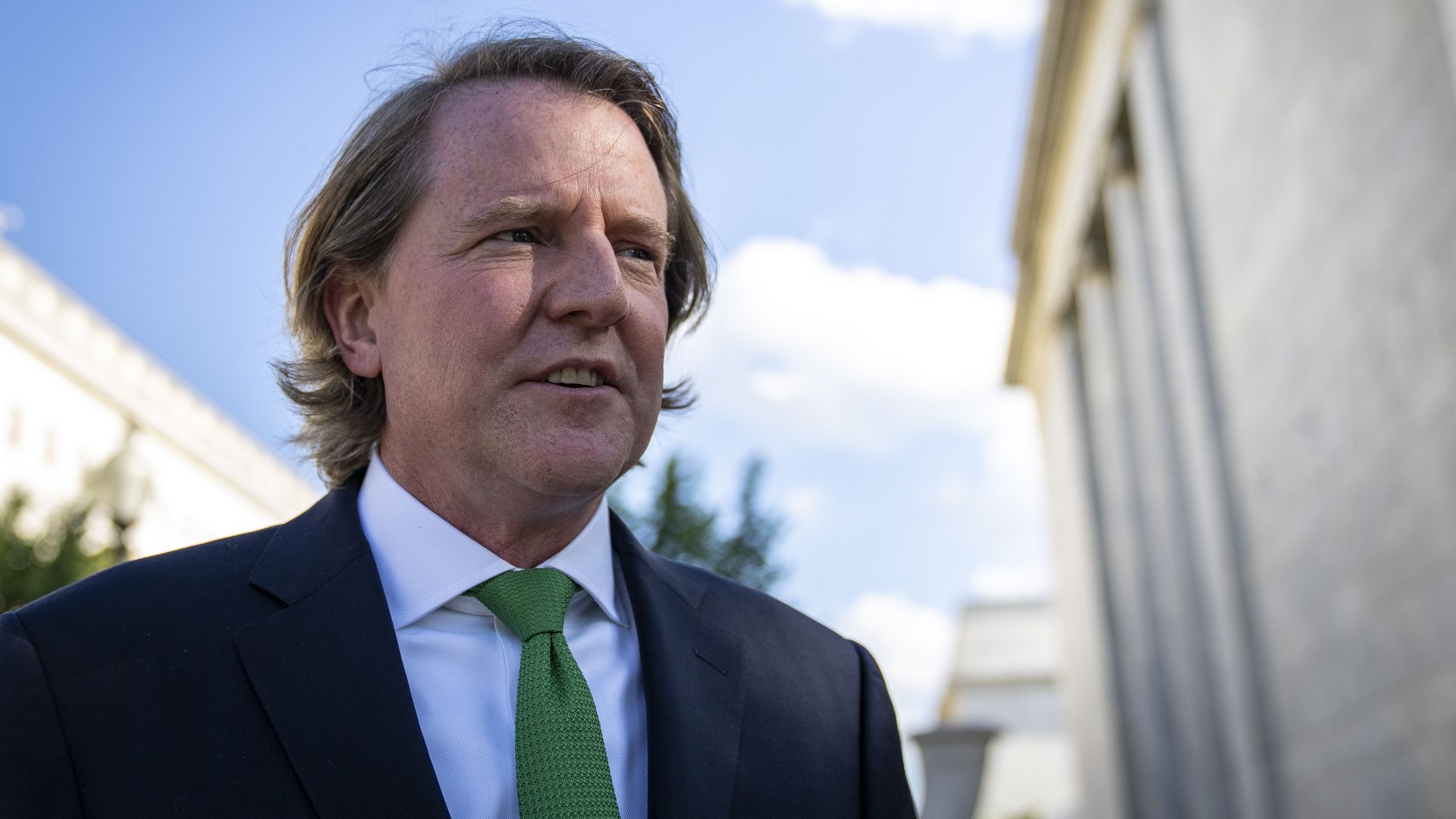Dear Commons Community,
John Versani, the University Faculty Senate Representative to the Board of Trustee’s Committee on Fiscal Affairs, provided a summary (see below) of CUNY’s fiscal situation going into the next academic year. There are some bright spots as well as areas of concern. I was especially surprised in seeing the number of full-time faculty leaving the University at some of our colleges.
This is important information for our CUNY colleagues!
Tony
——————————————————————————————
Outlook for Fiscal Year 2022
Prof. John Verzani (CSI)
UFS Representative to the Committee on Fiscal Affairs
Questions: John.Verzani@csi.cuny.edu
- Overview
In keeping with the University Faculty Senate InfoPortal’s scope and intentions, I wish to take this opportunity to outline and analyze at length and in-depth fiscal situation CUNY finds itself in and its implications for faculty and academic affairs moving forward. In light of this account I strongly encourage you to reach out to your campus Personnel & Budget (P & B) representatives and your campus governance leaders [cuny.edu] for further updates.
At the June 7th meeting of the CUNY Board of Trustees Committee on Fiscal Affairs, a budget for the upcoming fiscal year (July 2021 – June 2022) was presented and approved, along with some other items of interest. The meeting in its entirety can be viewed here. Among the items of interest, perhaps the most important to faculty would be the $3.8B budget for the upcoming year. The CUNY finance team based this on a) the enacted state budget, and b) the proposed executive budget of the Mayor. As you may know, the latter is subject to revision before it is passed later this month. Some important takeaways:
- The state restored the $26M that was held back from the FY21 budget as part of state-imposed 5% reduction – or roughly 1.8% of the budget.
- The state is contributing some $23M to begin to close the existing TAP gap (an extra $500 per maximum award)
- The state will hold tuition in place for this upcoming fiscal year.
- The state imposed a floor on enrollment related base-aid reductions in case of significant loss of CC enrollment.
- The state did not, however, adjust for fringe benefit increases.
- The Mayor’s proposed budget plans to accelerate its reduction of operating support for CUNY’s Community Colleges. This would amount to a substantial decrease in funds—$67.3M, to be exact—from FY19. The gravity of this cannot be gainsaid, and some perspective is warranted in light of this decision. For FY21, for example reductions in operating support amounted to $46M; for FY20, $20M.
- The Mayor’s budget plans to fund collective bargaining and fringe benefit increases.
There is some support among members of the Board as to the challenges described above. Trustee Henry T. Berger, for example, summarized the situation very well when he indicated (at roughly the 1:40:00 mark of the recording) that our funding sources are not serving us well. As you can see in his remarks, he proceeded to enumerate the additions and subtractions for prior years and concludes that we are down substantially on what we have to spend on our programs for our students.
This support is far from unanimous, however. For example, in response to a question from Trustee Lorraine Cortez-Vasquez, it was noted by Senior Vice Chancellor Sapienza that CUNY would not seek a tuition increase this year. However, when pressed to clarify, CUNY did not commit to not asking for a tuition increase next year for either the Senior or Community Colleges.
The budget includes the anticipated initial tax levy allocations for each campus. In a quick look at the Senior Campuses, I identified three campuses which will not have enough of a tax-levy allocation to cover the personnel costs incurred in FY21 even if enrollment at these campuses bounced back to pre-pandemic levels. John Jay College of Criminal Justice, the College of Staten Island, and York College were referred to in terms of the ongoing “structural deficits” they face because their current and forecasted expenses systematically exceed resources.
Of great relief is the infusion of federal dollars through the Coronavirus Aid, Relief, and Economic Security (CARES) Act, the Coronavirus Presponse and Relief Supplemental Appropriations (CRRSAA), and American Rescue Plan (ARPA) programs. Each act contains resources for direct support of students and for institutional support. In addition, most all campuses also received some additional funds, as they are designated “minority serving institutions.” It is understood that these one-time funds are available through FY23. Resources dedicated to students from CARES and CRRSAA have been or will very soon be distributed, and it was mentioned that the ARPA monies would likely be distributed around the fall term. With the exception of Baruch, Hunter, Lehman, and Queens colleges, the institutional component of the CARES funds has by and large been spent by each campus. Many campuses, however, will need to spend part of the CRRSAA allocations to balance out the current fiscal year. For further information on these developments, please see CUNY’s Third-Quarter Financial Report (especially page 21) here [cuny.edu].
- The Current Scene
Remaining Federal Funds. The budget for FY22 also includes detailed plans for the balance of the federal funds. Of note, are some CUNY directives on areas to spend:
- $125M on student support and retention
- $20M on campus reopening • $5M on mental health services
- $8M on online program development • $4M for faculty professional development.
Additionally, there is $136M budgeted for projected revenue losses for FY22. This is concentrated primarily at the Community Colleges, which, as some of you there may well know, continue to struggle with both significant enrollment declines and the steep reduction in city support. They are not alone, however; some Senior Colleges, especially New York City College of Technology (NYCCT) anticipate significant revenue losses.
Remaining from the federal allocation is $385M for use by the campuses between now and the end of FY23. The colleges are being asked to indicate how this money will be spent in their financial plans for FY22. As has been a longstanding policy, the colleges must indicate when consultation with elected faculty and student leadership groups took place. This is at least one opportunity where faculty have a chance to express their thoughts on how these significant funds should be employed. Please consult with your campus governance leaders and P & B representatives on this matter.
Please note for reasons stated above, some campuses will have little to say about this spending, however. For example, at nearly every community college, if the city does not restore its funding to pre-pandemic levels, the loss of revenue through FY23 will not be covered by the entirety of the federal funds. The view is that the federal funds will buy these campuses time before significant changes must be made. Some campuses will have quite a lot of money to spend over the next two years; it is worth reminding everyone, however, that the campus spending is subject to U.S. Department of Education guidelines, which oversees and narrows their usage. That said, the CUNY Board members expressed a strong interest in having more say on the campus plans for spending.
Faculty Status. In the budget presentation for the meeting, a slide titled “Positioning CUNY for the Future” emphasized, among other things, that “structural deficits” exist at several campuses and the hiring freeze has led to a reduction of 590 full time positions in FY2021 translating to $71M in payroll deductions. The committee was reminded that Brooklyn College colleagues recently sent the Board a letter alerting its members to the alarming attrition in the ranks of full-time (FT) faculty there. In real numbers, this has amounted to the loss of 37 FT faculty, or 8%, between Fall 2019 and Spring 2021. This is second only to Queens College with 44, or 8%, and trails closely by the College of Staten Island with 35, or 10%. Medgar Evers College lost 12% of their FT faculty in this period.
Trustee Berger (at roughly 1:38:20 of the recording) argued for new full-time faculty lines, emphasizing CUNY’s stated commitments within the past few budget requests to increase the ranks of the full-time faculty and asked whether the hiring freeze will continue and what plans are there for hiring additional full-time faculty. It was pointed out later that the structural deficits at some campuses would preclude any such hiring, even if the freeze were to be lifted on new positions. In response it was mentioned that pre-pandemic efforts had begun to evaluate the CUNY allocation model and, post-pandemic, it is expected that these efforts will continue. It remains to be seen what will happen long term, however.
III. Miscellany
In addition to the FY22 budget, other items of interest to faculty were discussed at the meeting:
- Our BMCC colleagues will continue to have clean buildings.
- CUNY faculty and students will continue to be able to use the Statistical Package for the Social Sciences (SPSS) at home and on campus for the next few years.
- At Baruch, however, the promise that its elevators will continue functioning as new for the next few years was tabled pending further discussion.
- Lehman College faculty had indicated concern about campus plans to spend over $7M of their federal funds to add the necessary technology for “HyFlex” classrooms, and their concerns were threefold: 1) the costs; 2) the potential additional workload for the involved faculty; and 3) the potential for surveillance through the to-be-installed microphones and cameras. In response, Lehman’s administration assured the committee that the intent is to provide maximum flexibility for faculty who will be in complete control of classroom technology (this can be found at roughly 43:20 of the recording). The sticker shock for the cost may be lessened by realizing Lehman will have upwards of $33M in discretionary institutional spending. Another point was made by UFS Faculty Alternate Prof. Ned Benton (John Jay) about how the HyFlex model is not well suited for reducing classroom demands. In response, it was noted that the new technology gives flexibility to the space that is not currently available and does not preclude other uses of the rooms.
- CUNY has partnered with the CUNY Institute for State and Local Governance (ISLG) since 2018 to meet the goals of increasing student retention and graduation rates. A four-year continuation of this partnership was presented to the Fiscal Affairs Committee and passed without dissent. Points raised about the plan included the need for faculty involvement in the area of “Rethink Community Colleges to best serve their students” and to be mindful of the past year’s experiences when they “Evaluate modes of course delivery to bring transformative innovation to CUNY.” In response, the Chancellor noted that ISLG is closely aligned with the Chancellery and any recommendations would be implemented through the University Provost’s office where significant consultation is already the practice.
My thanks to you for taking the time to read through this. The UFS InfoPortal will provide as much information on these and many other budgetary matters as possible moving forward. Please be sure to follow up with your campus representatives along the way.










